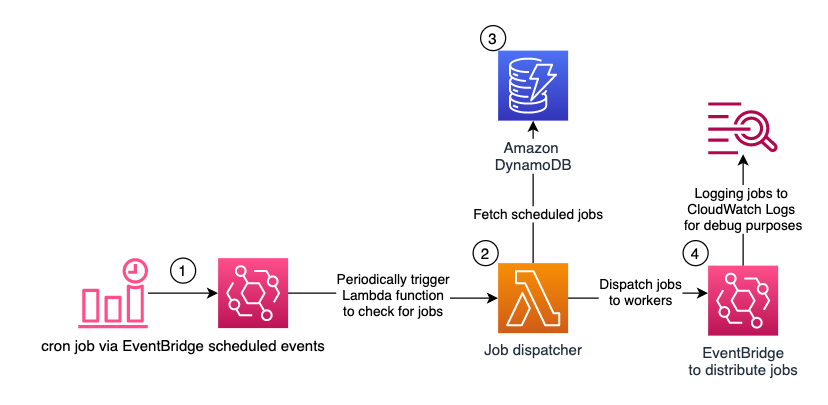AWS Architecture Blog
Category: Database
Creating a Multi-Region Application with AWS Services – Part 2, Data and Replication
Data is at the center of stateful applications. Data consistency models will vary when choosing in-Region vs. multi-Region. In this post, part 2 of 3, we continue to filter through AWS services to focus on data-centric services with native features to help get your data where it needs to be in support of a multi-Region […]
Using Amazon Aurora Global Database for Low Latency without Application Changes
Deploying global applications has many challenges, especially when accessing a database to build custom pages for end users. One example is an application using AWS Lambda@Edge. Two main challenges include performance and availability. This blog explains how you can optimally deploy a global application with fast response times and without application changes. The Amazon Aurora […]
How Meshify Built an Insurance-focused IoT Solution on AWS
The ability to analyze your Internet of Things (IoT) data can help you prevent loss, improve safety, boost productivity, and even develop an entirely new business model. This data is even more valuable, with the ever-increasing number of connected devices. Companies use Amazon Web Services (AWS) IoT services to build innovative solutions, including secure edge […]
How fEMR Delivers Cryptographically Secure and Verifiable Medical Data with Amazon QLDB
This post was co-written by Team fEMR’s President & Co-founder, Sarah Draugelis; CTO, Andy Mastie; Core Team Engineer & Fennel Labs Co-founder, Sean Batzel; Patrick Gryczka, AWS Solutions Architect; Mithil Prasad, AWS Senior Customer Solutions Manager. Team fEMR is a non-profit organization that created a free, open-source Electronic Medical Records system for transient medical teams. […]
Use AWS Step Functions to Monitor Services Choreography
Organizations frequently need access to quick visual insight on the status of complex workflows. This involves collaboration across different systems. If your customer requires assistance on an order, you need an overview of the fulfillment process, including payment, inventory, dispatching, packaging, and delivery. If your products are expensive assets such as cars, you must track […]
Modernized Database Queuing using Amazon SQS and AWS Services
This blog post was last reviewed/updated August, 2022. The updated version shown below is based on working backwards from a customer need to ensure data consistency post migration, to a modernized microservice architecture. A queuing system is composed of producers and consumers. A producer enqueues messages (writes messages to a database) and a consumer dequeues […]
Serverless Scheduling with Amazon EventBridge, AWS Lambda, and Amazon DynamoDB
Many applications perform scheduled tasks. For instance, you might want to automatically publish an article at a given time, change prices for offers which were defined weeks in advance, or notify customers 8 hours before a flight. These might be one-off tasks, or recurring ones. On Unix-like operating systems, you might have opted for the […]
Migrating a Database Workflow to Modernized AWS Workflow Services
The relational database is a critical resource in application architecture. Enterprise organizations often use relational database management systems (RDBMS) to provide embedded workflow state management. But this can present problems, such as inefficient use of data storage and compute resources, performance issues, and decreased agility. Add to this the responsibility of managing workflow states through […]
Optimize your IoT Services for Scale with IoT Device Simulator
The IoT (Internet of Things) has accelerated digital transformation for many industries. Companies can now offer smarter home devices, remote patient monitoring, connected and autonomous vehicles, smart consumer devices, and many more products. The enormous volume of data emitted from IoT devices can be used to improve performance, efficiency, and develop new service and business […]
Use a City Planning Analogy to Visualize and Create your Cloud Architecture
If you are new to creating cloud architectures, you might find it a daunting undertaking. However, there is an approach that can help you define a cloud architecture pattern by using a similar construct. In this blog post, I will show you how to envision your cloud architecture using this structured and simplified approach. Such […]









